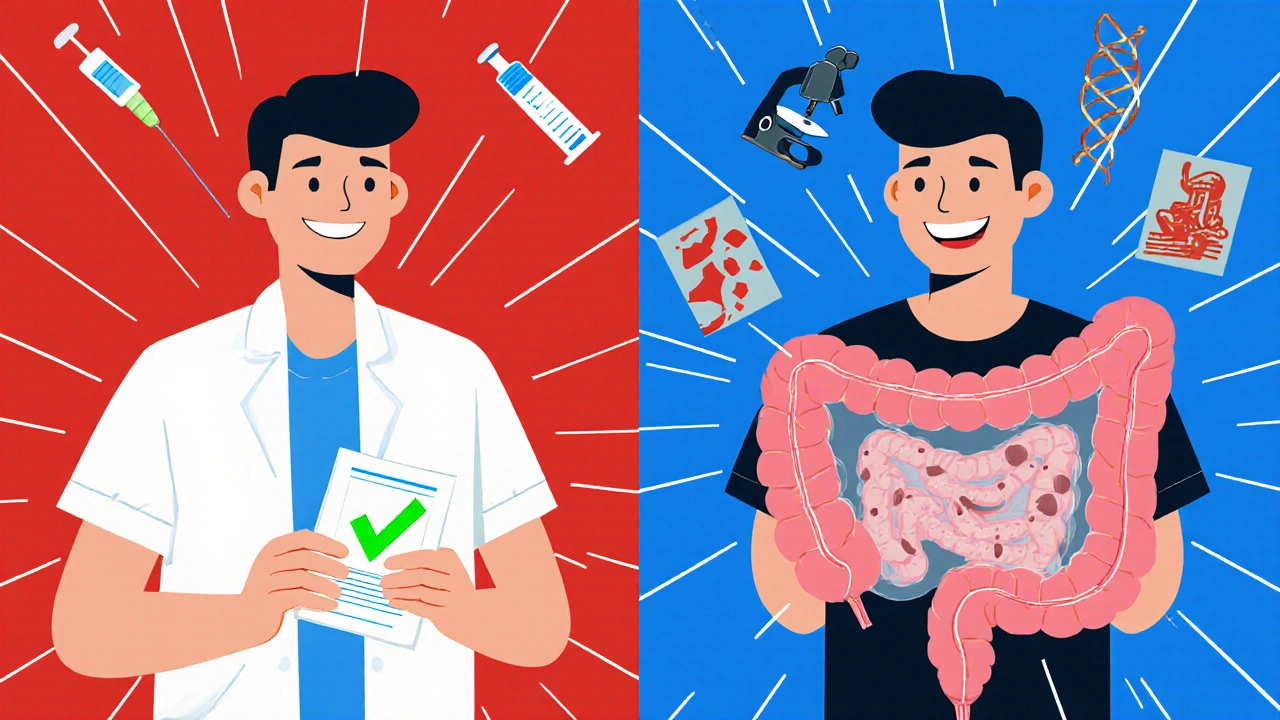
Colorectal cancer is one of the most preventable cancers-if you catch it early. Yet, too many people wait until symptoms appear, by which point treatment becomes harder, costlier, and less effective. The good news? Screening works. Colonoscopy isn’t just a check-up; it’s a life-saving tool that can find and remove precancerous polyps before they turn deadly. And if cancer is found, modern chemotherapy regimens have improved survival rates dramatically over the past decade. This isn’t theoretical-it’s happening right now in clinics across the U.S. and Australia, with real people avoiding stage IV cancer because they got screened at 45, not 50.
Why Screening Starts at 45 Now
Ten years ago, doctors told you to start colorectal cancer screening at 50. That changed in 2021. The U.S. Preventive Services Task Force, the CDC, and the American Cancer Society all updated their guidelines to recommend starting at age 45 for people at average risk. Why? Because the numbers don’t lie. Since the mid-1990s, rates of colorectal cancer in people under 50 have been rising by about 2.2% every year. Rectal cancer, in particular, is climbing faster-up 3.2% annually in younger adults. This shift wasn’t made lightly. It was driven by hard data showing that more young people are being diagnosed with advanced-stage cancer, often after ignoring early symptoms like bloating, changes in bowel habits, or blood in stool.Colonoscopy: The Gold Standard
Colonoscopy remains the most effective screening method. It’s the only test that lets your doctor see the entire colon, find polyps, and remove them during the same procedure. Studies show it reduces colorectal cancer incidence by 67% and death by 65%. That’s not a small benefit-it’s transformative. A 2023 case report highlighted a 47-year-old African American man who had a stage I tumor removed during a routine colonoscopy. His 5-year survival chance was 95%. Without screening, he likely would’ve been diagnosed at stage IV, with less than a 14% chance of surviving five years.But colonoscopy isn’t perfect. The prep is brutal. Most people describe it as the worst part-drinking liters of laxative solution, staying close to the bathroom all night. Polyethylene glycol (PEG) is the most effective, but low-volume versions are easier to tolerate. Sedation helps, but some people skip the procedure because they’re afraid of the prep or the discomfort. That’s why adherence is still a problem: only 67% of adults aged 50-75 are up to date with screening, according to the CDC.
Complications are rare but real. Perforation happens in about 1 out of every 1,000 to 1,500 procedures. Bleeding after polyp removal occurs in about 1-2% of cases. Still, the risk of dying from undetected colorectal cancer is far higher than the risk from the test itself.
Alternatives to Colonoscopy
Not everyone can or wants to have a colonoscopy. That’s where other options come in:- Stool FIT test: Checks for hidden blood in stool. Simple, non-invasive, and covered by most insurance. You do it at home, mail it in. Sensitivity for cancer is 79-88%, but it misses most polyps. Must be done every year.
- Multi-target stool DNA test (sDNA-FIT): Looks for DNA changes and blood. More sensitive than FIT-92% for detecting cancer-but less specific. That means more false positives, which lead to unnecessary colonoscopies. Recommended every 3 years.
- Flexible sigmoidoscopy: Only examines the lower third of the colon. Less prep, no sedation. Reduces distal cancer by 26%. Done every 5 years, but if something’s found, you still need a full colonoscopy.
- CT colonography: Also called virtual colonoscopy. Uses X-rays to create 3D images. No sedation, but you still need bowel prep. Radiation exposure is low (1-10 mSv), but if a polyp is found, you need a colonoscopy to remove it.
Stool tests are great for increasing access. A 2021 study showed that in safety-net clinics, FIT adherence was 67% compared to just 42% for colonoscopy. Hispanic patients were more likely to complete FIT than non-Hispanic White patients. For people without easy access to specialists, these tests can be a lifeline.
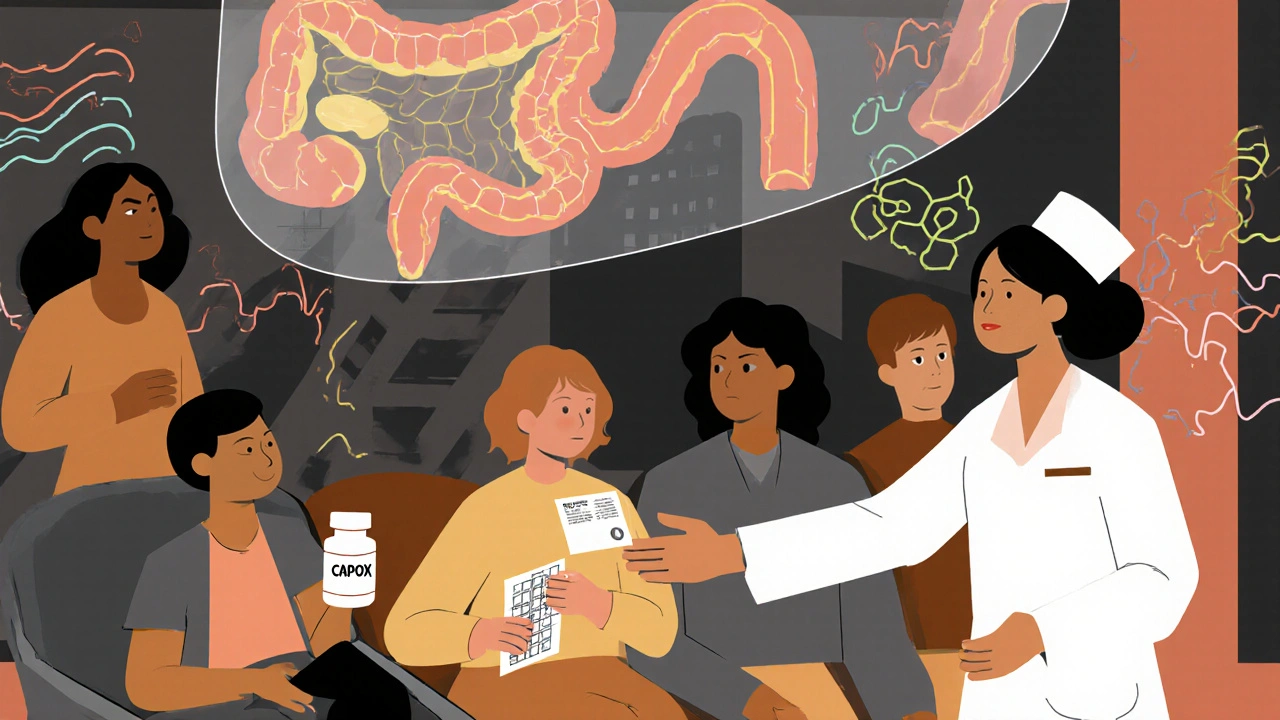
Who Needs to Start Earlier Than 45?
If you have a family history of colorectal cancer or polyps, inflammatory bowel disease (like Crohn’s or ulcerative colitis), or a genetic syndrome like Lynch syndrome or familial adenomatous polyposis (FAP), your screening schedule changes. You might need to start at 40-or even earlier. Your doctor will tailor the plan based on your risk. For these groups, colonoscopy is the only recommended option. Stool tests aren’t sensitive enough.For example, someone with Lynch syndrome has up to an 80% lifetime risk of developing colorectal cancer. Starting screening at 20-25 and repeating every 1-2 years can cut that risk by more than half. Genetic testing is part of the process here. It’s not optional-it’s essential.
Chemotherapy After Diagnosis
If a colonoscopy finds cancer, the next step is staging-figuring out how far it’s spread. Stage I means the cancer is small and confined to the colon wall. Surgery alone is often enough. Stage II and III mean the cancer has invaded deeper layers or spread to nearby lymph nodes. That’s where chemotherapy comes in.The two most common regimens are FOLFOX and CAPOX:
- FOLFOX: Combines 5-fluorouracil (5-FU), leucovorin, and oxaliplatin. Given every two weeks for 6 months. Common side effects: nerve damage (tingling in hands/feet), fatigue, nausea, low blood counts.
- CAPOX: Uses capecitabine (an oral drug that turns into 5-FU in the body) and oxaliplatin. Also given every 3 weeks for 6 months. More convenient-you take the pill at home-but still causes nerve issues and hand-foot syndrome (redness, pain, peeling on palms and soles).
Studies show both regimens improve survival by 10-15% in stage III cancer. For stage II, chemo isn’t always recommended unless there are high-risk features like poor tumor differentiation or blocked bowel. Your oncologist will weigh the benefits against side effects, especially if you’re older or have other health issues.
Newer targeted therapies and immunotherapies are being used for advanced cases (stage IV), but they’re not for everyone. Testing for MSI-H/dMMR status or KRAS/NRAS/BRAF mutations helps determine if drugs like pembrolizumab or cetuximab might work. These aren’t first-line treatments for early-stage cancer-but they’re changing outcomes for those with metastatic disease.
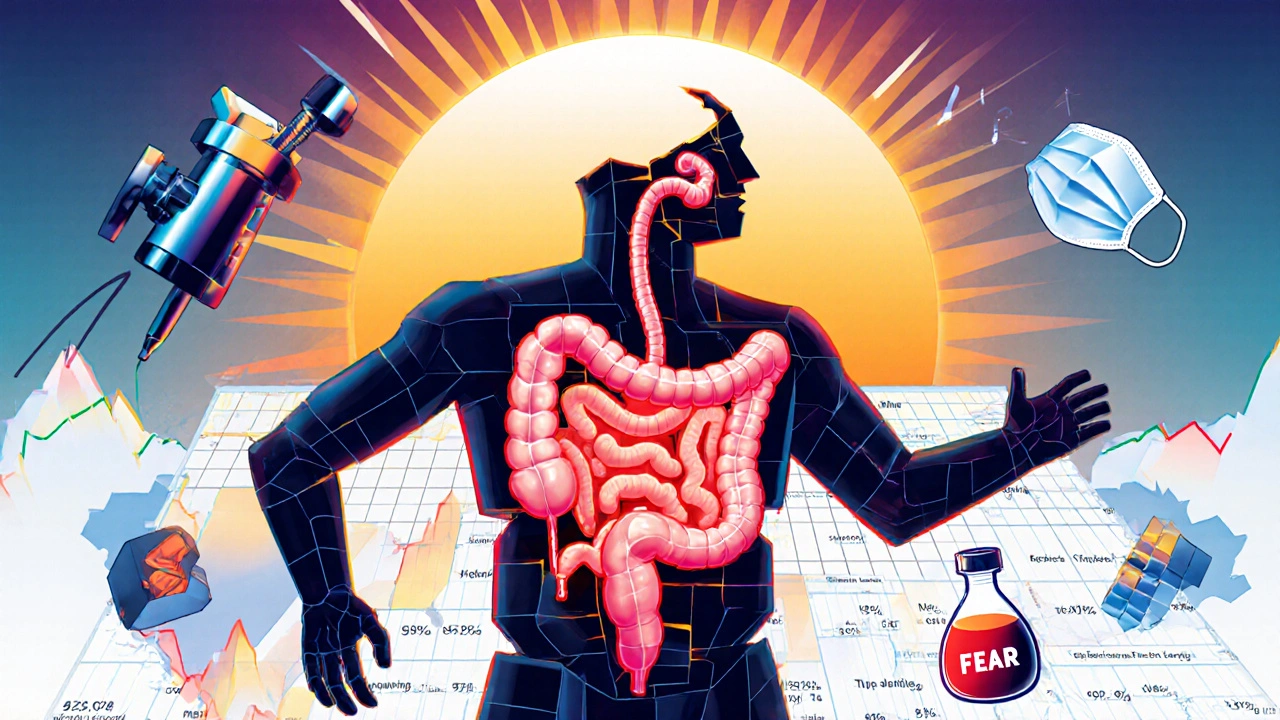
Barriers to Screening and What Works
Despite all the evidence, many people still don’t get screened. Why? Cost, fear, lack of access, poor communication. In rural areas, wait times for colonoscopy can be over 60 days. In safety-net clinics, only 32% have patient navigators to help guide people through the process. Only 38% of small practices use automated reminders.What closes the gap? Simple fixes:
- Automated text reminders increase adherence by 28%.
- Having a patient navigator-someone who helps schedule, explains prep, answers questions-boosts completion by 35%.
- Team-based care, where nurses and medical assistants handle prep education and follow-up, cuts no-show rates by 42%.
Insurance matters too. Privately insured adults have a 78% screening rate. Uninsured? Only 58%. Medicare covers colonoscopy and FIT without copays for those 45-75. That’s critical. If you’re on Medicare, you’re entitled to these tests-no out-of-pocket cost.
What’s Next for Screening?
The future is getting less invasive. Blood tests that detect cancer DNA are in trials. The Guardant SHIELD test showed 83% sensitivity for colorectal cancer in a 10,000-person study. The FDA already approved an AI system called GI Genius that boosts polyp detection by 14% during colonoscopy. Methylation-based blood tests could one day screen for multiple cancers at once.But the biggest challenge isn’t technology-it’s equity. African Americans have a 20% higher incidence of colorectal cancer and 40% higher death rates. Yet, their screening rates are 20% lower than White Americans. That gap isn’t about biology-it’s about access, trust, and systemic barriers. Fixing that requires community outreach, culturally competent care, and policies that ensure everyone gets screened at 45, no matter their zip code.
What You Should Do Now
If you’re 45 or older, talk to your doctor about screening. Don’t wait for symptoms. If you’re under 45 but have a family history, ask about genetic testing and earlier screening. If you’ve had a colonoscopy, know when you need the next one. If you’re due for a stool test, don’t ignore the kit in your drawer.Screening isn’t optional anymore. It’s standard care. And if you’re diagnosed with cancer, modern chemotherapy has made survival not just possible-but likely. The key is catching it early. Your future self will thank you.
Do I need a colonoscopy if I have no symptoms?
Yes. Colorectal cancer often develops without symptoms until it’s advanced. Polyps can grow for years without causing pain or bleeding. Screening is designed to catch cancer before it causes problems. Waiting for symptoms means you’re already too late.
Is colonoscopy the only way to prevent colorectal cancer?
No, but it’s the most effective. Colonoscopy removes precancerous polyps, which stops cancer before it starts. Other tests like FIT or sDNA-FIT only detect cancer or advanced polyps-they don’t prevent them. If a stool test comes back positive, you still need a colonoscopy to remove any growths.
Can I skip screening if I’m healthy and active?
No. Lifestyle doesn’t eliminate risk. Even fit, healthy people can develop polyps or colorectal cancer. Age is the biggest risk factor-not fitness level. The rise in cases under 50 is happening in people with no family history, no obesity, no smoking. Screening is about age, not health habits.
What if I’m 76 or older? Should I still get screened?
It depends. For people 76-85, screening is no longer routinely recommended unless you’re in good health and have a life expectancy of more than 10 years. If you’ve never been screened before, or if you have a history of polyps, your doctor may still suggest it. But if you’ve had regular screenings with no issues, stopping at 75 is reasonable.
Are chemotherapy side effects worse than the cancer?
For most people, no. Chemotherapy can cause fatigue, nerve pain, or nausea-but these are usually temporary and manageable. The alternative-letting cancer spread-is far more dangerous. Stage III colorectal cancer has a 70% survival rate with chemo. Without it, that drops to under 50%. The goal is to extend life with good quality, not just prolong it.
Is colorectal cancer screening covered by insurance?
Yes, under the Affordable Care Act and Medicare, screening colonoscopies and FIT tests are covered with no out-of-pocket cost for people aged 45-75. If you’re having a colonoscopy because of symptoms or a positive stool test, it may be considered diagnostic and could have a copay. Always check with your insurer, but for routine screening, you shouldn’t pay anything.
For more information, talk to your doctor or visit the CDC’s colorectal cancer screening page. Don’t wait. Your colon doesn’t give warnings. You have to give it attention.

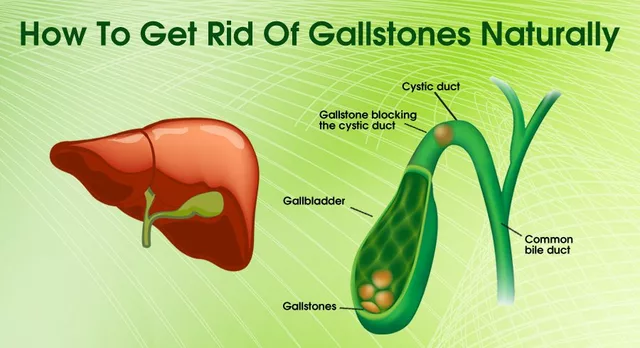

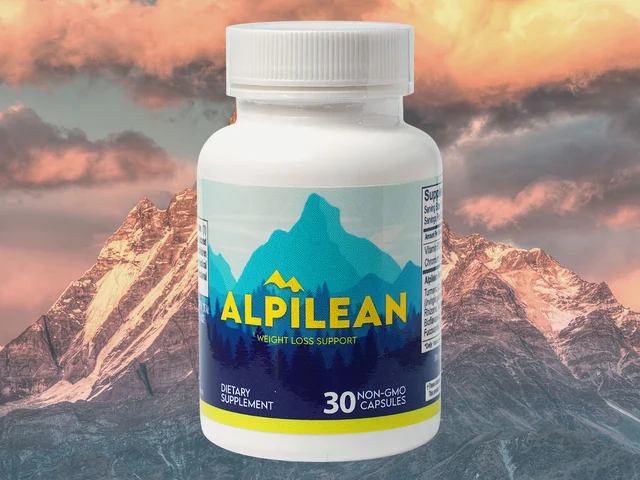
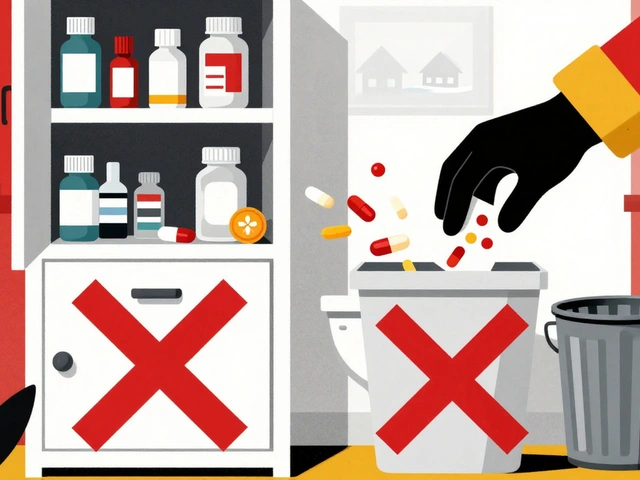

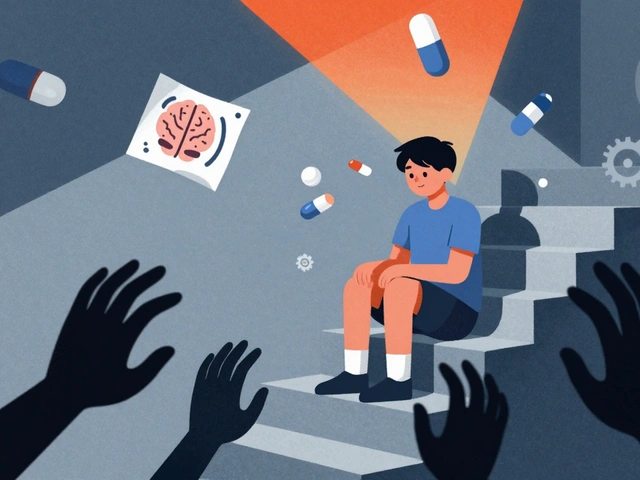

14 Comments
Look, I get it-colonoscopies are a nightmare. I did mine last year and still have nightmares about the prep. That chalky, salty water? Like drinking dish soap that was left in the sun. But here’s the thing: I had a polyp the size of a grape. Removed on the spot. No surgery, no chemo, no nothing. If I’d waited until I felt something, I’d be in stage III right now. The discomfort is temporary. The consequences of skipping it? Not so much. I’m 48. I’m alive because I didn’t listen to the fear. I listened to the data.
As an Indian woman who just turned 46, I want to say this: I did my FIT test at home, mailed it in, and got a call two weeks later saying I needed a colonoscopy. I was terrified-my mom had colon cancer at 52. But the nurse at the clinic walked me through everything, even helped me pick a low-volume prep. I got through it. They found two polyps. Removed. No cancer. My point? Don’t wait for symptoms. Don’t wait for permission. Don’t wait until you’re ‘ready.’ You’re never ready. But you can be alive. And you deserve that. Please, if you’re over 45, just do it. Even if it’s just the stool test first. It’s not a punishment. It’s protection.
I am so proud of the medical community for updating guidelines to 45. This is what public health looks like when it listens to science. I work in a community clinic in rural Ohio, and we’ve seen a 40% increase in screening adherence since we started pushing the 45 rule with patient navigators and text reminders. One woman, 47, came in after her daughter convinced her. She had a large adenoma. Removed. Now she’s our biggest advocate. She tells every woman in her book club. That’s how change happens-not through fear, but through connection. If you’re reading this and you’re 45+, please, reach out to your primary care provider. Don’t let embarrassment or cost stop you. You’re not alone. We’re here to help.
Let’s cut through the marketing fluff. Colonoscopy is not a ‘life-saving tool’-it’s a profit engine. The GI industry is a $30B+ sector. The prep kits? Sold for $75. The sedation? Billable. The follow-up scopes? Billable. The fact that FIT has 88% sensitivity for cancer and costs $25 is ignored because it doesn’t generate the same margins. And don’t get me started on the overuse of CAPOX in elderly patients with comorbidities. The survival benefit is statistically significant, but clinically? Often negligible. We’re pathologizing aging. Screening at 45? Fine. But let’s stop pretending this is altruistic. It’s capitalism with a stethoscope.
I appreciate the tone of this post, and I think it’s important. But I also think we need to acknowledge the real barriers people face. I’m a paramedic in Phoenix. I’ve seen people show up with stage IV cancer because they couldn’t take time off work, didn’t have a ride, or were afraid of the bill-even though they had insurance. The system isn’t broken-it’s just not designed for people who live paycheck to paycheck. I’ve handed out FIT kits in the back of ambulances. People cry when they realize they didn’t have to wait until they were bleeding. That’s the real story. Not the stats. Not the guidelines. The human moment when someone realizes they still have time.
My mom died of colorectal cancer at 58. She ignored the symptoms for two years because she didn’t want to be a burden. I did my colonoscopy at 45. Found a polyp. Removed. No drama. No trauma. I’m not saying this to brag. I’m saying it because I don’t want anyone else to lose someone because they thought they were fine. You don’t have to be sick to need screening. You just have to be alive. And if you’re alive and over 45? You owe it to yourself to be proactive. Not dramatic. Not heroic. Just responsible. Do the test. Then live.
So let me get this straight-you’re telling me I should let some guy stick a camera up my butt because of some ‘rising rates’ that might be caused by… I don’t know… glyphosate? Or maybe the 5G towers? I’m vegan, I run marathons, I drink kombucha. My gut is a temple. Why should I risk perforation for some corporate-funded fear campaign? Also, I read that the ‘83% sensitivity’ blood test they’re pushing is basically a placebo with a price tag. I’m waiting for the real science. Not the hype.
It’s interesting how the article frames colonoscopy as the ‘gold standard’-as if there’s no alternative, no nuance, no dissenting voices… But what if… what if… the entire screening paradigm is based on outdated assumptions? What if the polyp-to-cancer timeline is wildly overstated? What if many polyps regress on their own? What if the real issue is overdiagnosis? What if… what if… we’re treating benign growths like they’re ticking time bombs? And what if… the side effects of chemo are being minimized? What if…?
Let’s be brutally honest. The 45 guideline was pushed by pharmaceutical lobbying groups and GI equipment manufacturers. The CDC’s data? Cherry-picked. The rise in younger cases? Correlated with increased processed food consumption, not biological inevitability. And let’s not forget: colonoscopies are performed by gastroenterologists who make $400k+ a year. Do you think they want you to use a $25 stool test? Of course not. This isn’t medicine. It’s a revenue stream dressed in white coats. The real solution? Eat real food. Stop drinking soda. Move your body. Stop trusting institutions that profit from your fear.
Okay, I just turned 45 last week. I was terrified. I cried in the waiting room. But my sister, who’s a nurse, sat with me. She held my hand. She told me I was brave. And I did it. And guess what? I’m alive. And I’m not scared anymore. I’m actually excited. I feel like I just won a lottery I didn’t know I was playing. If you’re thinking about skipping it-don’t. Just go. Bring a friend. Bring a playlist. Bring snacks for after. You’ve got this. I believe in you. And I’m so proud of you already.
I’m 47 and I’ve never had a colonoscopy. I did the FIT test last year and it was fine. But I don’t know if I should do it again this year or wait for the DNA test. Is one better? Should I just get the colonoscopy now? I’m confused. I don’t want to mess this up. Can someone explain it simply? Like, what’s the easiest path if I just want to be safe?
They’re lying. It’s all a scam. They want you scared so you’ll pay for tests. Cancer doesn’t care about your age. You’re being manipulated.
How can anyone with any moral compass endorse this invasive, fear-driven, profit-motivated machinery? The medical establishment has become a cult of interventionism. You don’t need a camera up your colon to live a long life. You need to stop eating processed meat, stop sitting all day, and stop trusting doctors who treat your body like a machine. This isn’t prevention-it’s industrialized anxiety. Shame on you for normalizing this.
My cousin got stage IV colon cancer at 42. He ignored the blood in his stool for a year because he thought it was hemorrhoids. He’s gone now. His kids are 6 and 8. I got my colonoscopy last month. Found a polyp. Removed. No drama. I’m not writing this to make myself look good. I’m writing it because I don’t want anyone else to lose someone because they thought they were fine. Do the damn test. Don’t wait. Don’t overthink it. Just do it.